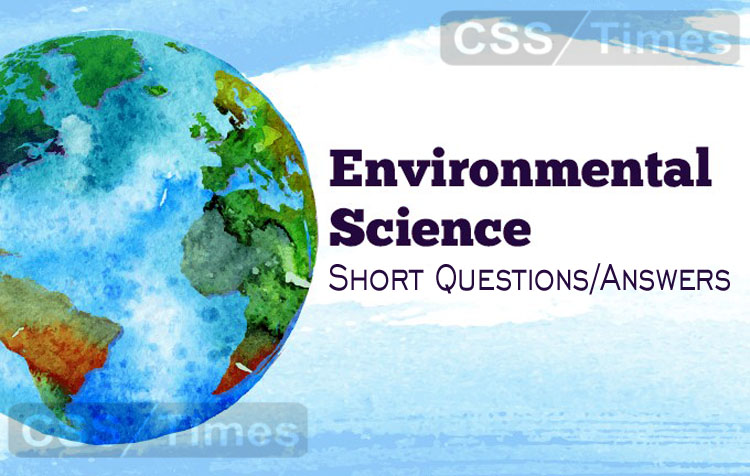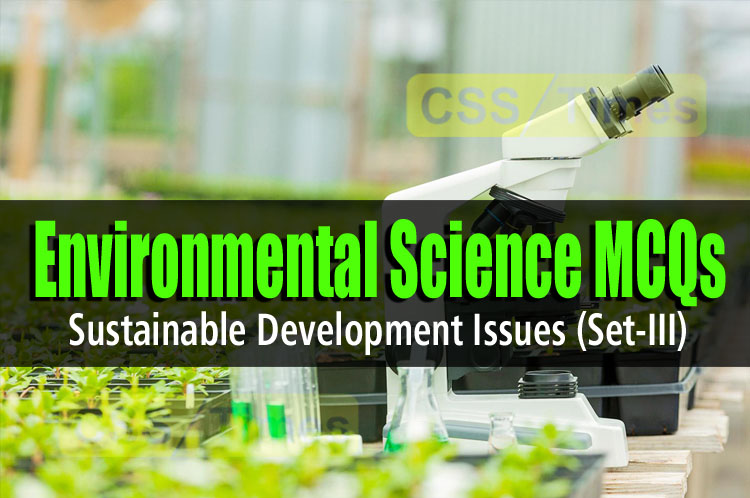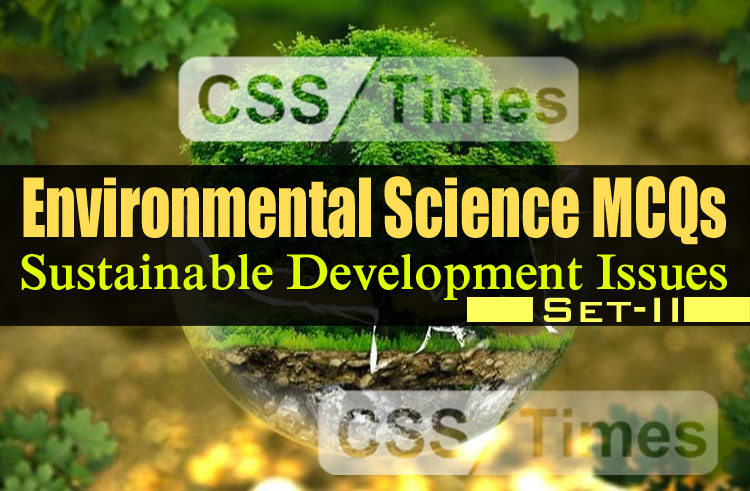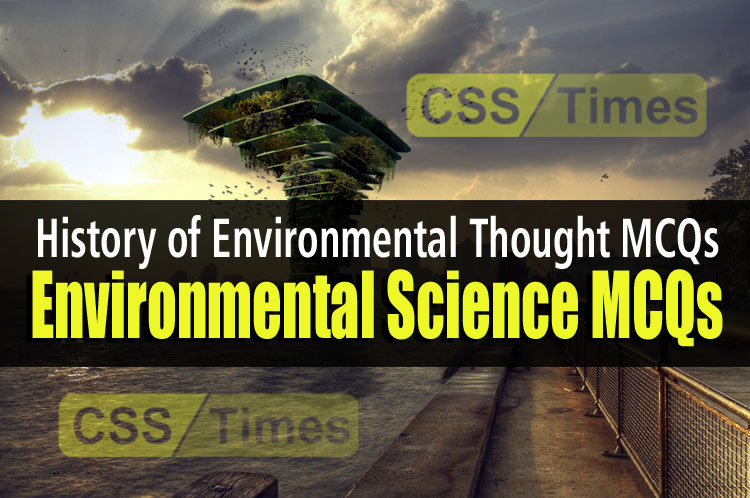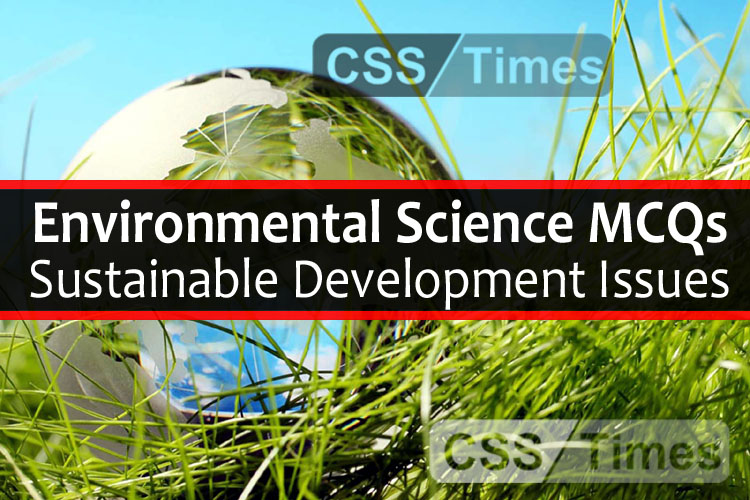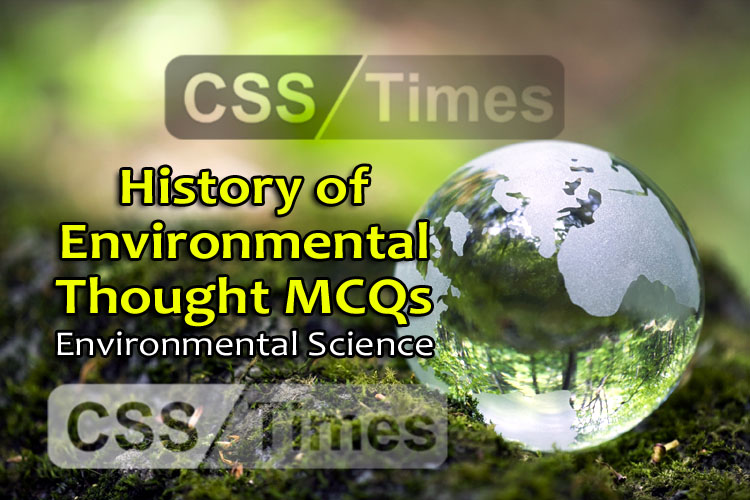In 1980 the International Union for the Conservation of Nature introduced the term “sustainable development“
Sustainable Development is development that meets the needs of the present without compromising the ability of future generations to meet their needs.
Sustainable development has 3 goals: to minimize the depletion of natural resources, to promote development without causing harm to the environment and to make use of environmentally friendly practices
Following the publication of Rachel Carson’s Silent Spring in 1962, the developing environmental movement drew attention to the relationship between economic growth and development and environmental degradation.
Under the principles of the United Nations Charter the Millennium Declaration identified principles and treaties on sustainable development, including economic development, social development and environmental protection.
A 2013 study concluded that sustainability reporting should be reframed through the lens of four interconnected domains: ecology, economics, politics and culture.
In September 2015, the United Nations General Assembly formally adopted the “universal, integrated and transformative” 2030 Agenda for Sustainable Development, a set of 17 Sustainable Development Goals (SDGs).
